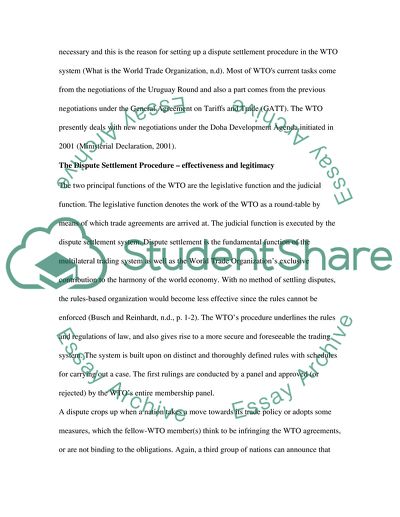Cite this document
(Effectiveness of WTOs Dispute Settlement Procedure Research Paper, n.d.)
Effectiveness of WTOs Dispute Settlement Procedure Research Paper. Retrieved from https://studentshare.org/macro-microeconomics/1732088-how-effective-is-the-wtos-dispute-settlement-procedure
Effectiveness of WTOs Dispute Settlement Procedure Research Paper. Retrieved from https://studentshare.org/macro-microeconomics/1732088-how-effective-is-the-wtos-dispute-settlement-procedure
(Effectiveness of WTOs Dispute Settlement Procedure Research Paper)
Effectiveness of WTOs Dispute Settlement Procedure Research Paper. https://studentshare.org/macro-microeconomics/1732088-how-effective-is-the-wtos-dispute-settlement-procedure.
Effectiveness of WTOs Dispute Settlement Procedure Research Paper. https://studentshare.org/macro-microeconomics/1732088-how-effective-is-the-wtos-dispute-settlement-procedure.
“Effectiveness of WTOs Dispute Settlement Procedure Research Paper”, n.d. https://studentshare.org/macro-microeconomics/1732088-how-effective-is-the-wtos-dispute-settlement-procedure.


